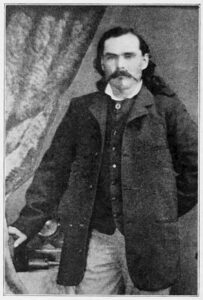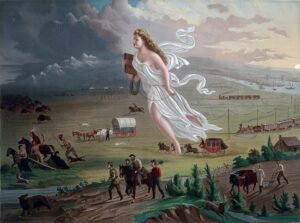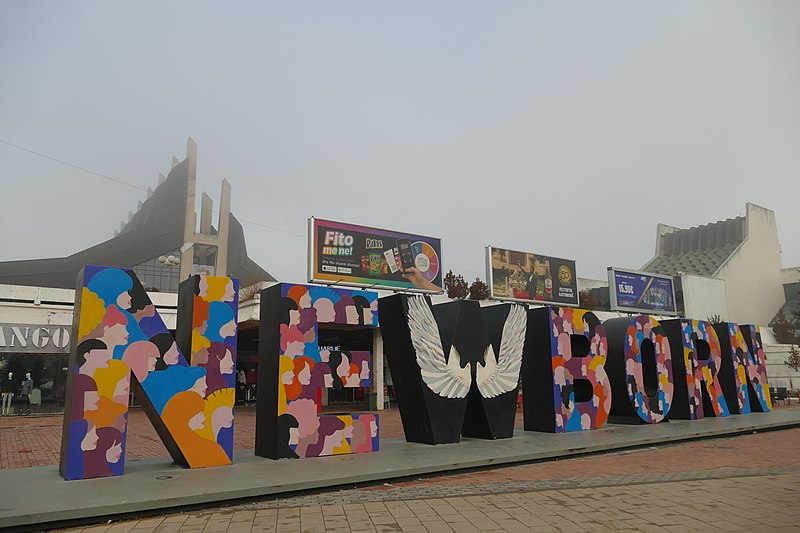
Newborn Monument in Pristina, Kosovo
INTRODUCTION
As the landscape unfolds before your eyes, the journey to Pristina, Kosovo’s spirited capital, begins. Picture yourself traversing rolling hills adorned with emerald-green fields, where vibrant wildflowers sway in harmony with the gentle breeze. Majestic mountains stand tall on the horizon, their peaks reaching for the heavens, a silent sentinel guarding the city nestled below.
As you draw nearer, the cityscape emerges like a painting coming to life. Modern buildings with sleek facades intermingle with the timeless beauty of centuries-old architecture. A medley of colors dances on the streets as street art adorns walls, breathing life into every corner. The sound of bustling traffic harmonizes with the cheerful chatter of passersby, creating a symphony that resonates with the energy of urban life.
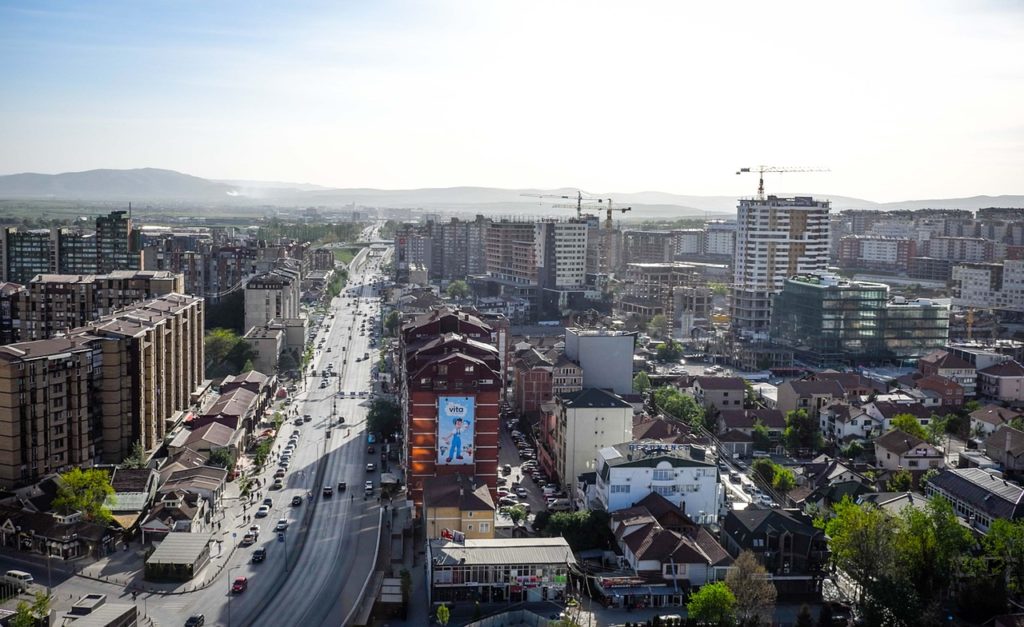
Step by step, you venture deeper into the heart of Pristina. The aroma of freshly ground coffee wafts through the air, guiding your senses to the enchanting array of cafes that line the streets. Each corner reveals a different ambiance, beckoning you to indulge in the city’s celebrated café culture. Take a seat amidst a tapestry of conversations where laughter and animated discussions blend harmoniously.
HISTORY
Pristina’s history dates back to ancient times, with evidence of Neolithic settlement, making it one of the oldest continuously inhabited regions in the Balkans. The area thrived under various civilizations, including the Romans, who built the Vicianum fortress to safeguard trade routes. It has been influenced by the Byzantine, Ottoman, and Yugoslav eras, leaving traces in the city’s architecture, with the coexistence of Ottoman-style mosques and elegant Serbian Orthodox churches. The name “Prestina” has undergone variations over the centuries but is believed to be Slavic in origin and to have emerged as the city’s name in the medieval period.
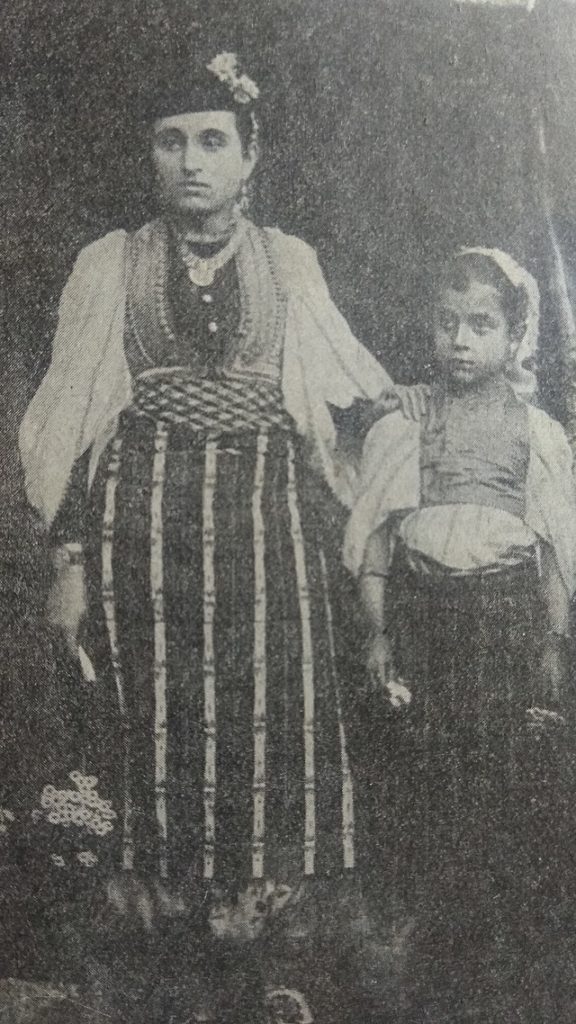
The Battle of Kosovo in June 1389 was a significant conflict between the Ottoman Empire and the Serbs, fought about 80 miles from Pristina. It resulted in a strategic victory for the Ottomans and had far-reaching implications for the region’s politics, culture, and history. This battle holds immense symbolic and historical importance, representing the struggles between the Ottoman Empire and the Serbian Kingdom.
TWENTIETH CENTURY CONFLICTS
Pristina experienced significant violence and conflict in the 20th century. The Balkan wars occurred in 1912-1913, followed by the impact of both World Wars. During World War II, Pristina fell under Nazi German and Italian Fascist control. However, the most significant conflict specifically for Pristina in the 20th century was the Kosovo Conflict from 1998 to 1999.
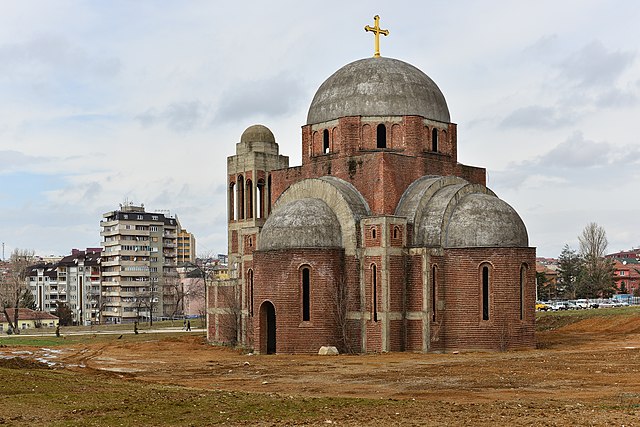
This conflict involved clashes between the Albanian population in Kosovo (The Kosovars) and Serbia and Montenegro within the Federal Republic of Yugoslavia. The Kosovars were fighting to stop oppression by Serbia. Pristina was protected from any significant damage during this conflict as Serbia planned on having the city as a headquarters after the war. NATO intervention and subsequent United Nations administration followed to rebuild and develop the region, focusing on strengthening institutions, promoting reconciliation, and fostering interethnic dialogue.
PRESTINA’S PEOPLE
Pristina is a diverse city characterized by its multicultural composition and the presence of various ethnic groups. The majority ethnicity in Pristina is Albanian, followed by the Serbian community. However, the city also embraces a range of other ethnic identities, including Roma, Bosniaks, Ashkali, Turks, Gorani, and others. This ethnic tapestry contributes to Pristina’s vibrant cultural fabric and social dynamics, making it a city where different communities coexist and enrich each other’s experiences.

Prestina’s religious tapestry also reflects this diversity. The iconic Sultan Mehmet Fatih Mosque dominates the skyline with its striking domes and minarets. Around 98 percent of Kosovars are Muslim. Catholic and Orthodox Christian faiths are represented in Pristina and smaller communities of Bahá’í, Hinduism, and Judaism however these are tiny groups compared the the overwhelming Muslim majority.
The people of Pristina are known for their warmth and hospitality. Visitors often comment on the friendliness and helpfulness of the locals. The city’s diverse population contributes to a multicultural environment where different ethnicities and backgrounds coexist.
PRISTINA TODAY
As the capital of Kosovo, Pristina is the political and administrative center of the nation. It blends modern infrastructure with historical charm, providing a vibrant urban environment. The city center is particularly lively, with bustling streets filled with a wide array of shops, restaurants, cafes, and entertainment venues.
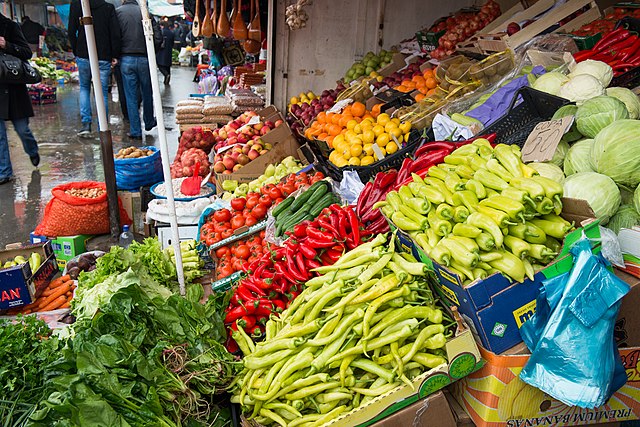
Pristina is known for its thriving art and music scene and its exciting café culture. The city is dotted with numerous cafes where people gather to socialize and enjoy each other’s company. When it comes to dining, Pristina offers a diverse range of options. From traditional Kosovo cuisine featuring grilled meats, burek (a meat or cheese-filled pastry), and delectable baklava to international flavors, the city has something to satisfy every palate. Moreover, Pristina has witnessed the rise of trendy cafes and restaurants that cater to various tastes and preferences.
Pristina has a well-connected transportation system, including buses and taxis, which make it easy to navigate the city. Additionally, the city has seen improvements in recent years in terms of infrastructure, making it more convenient for residents and visitors alike.
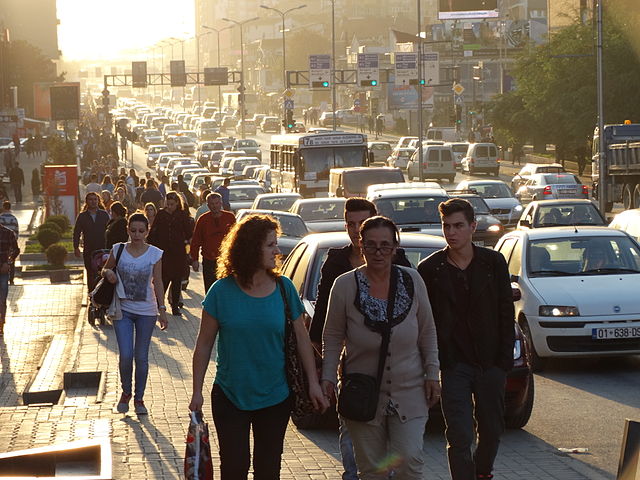
CONCLUSION
As the sun begins its descent, casting a golden glow upon the city, it’s time to bid farewell to the captivating embrace of the residents of Pristina. Turning back for one last glance, reflecting the spirit of a city that thrives on diversity and creativity. The melodies of laughter and conversation linger in the air, echoing the warmth of its people. Like an eternal flame, the city’s energy continues to burn brightly, even as the traveler ventures into the unknown. The traveler’s heart swells with gratitude for the moments shared, the stories woven, and the bonds formed in this vibrant mosaic of humanity.
